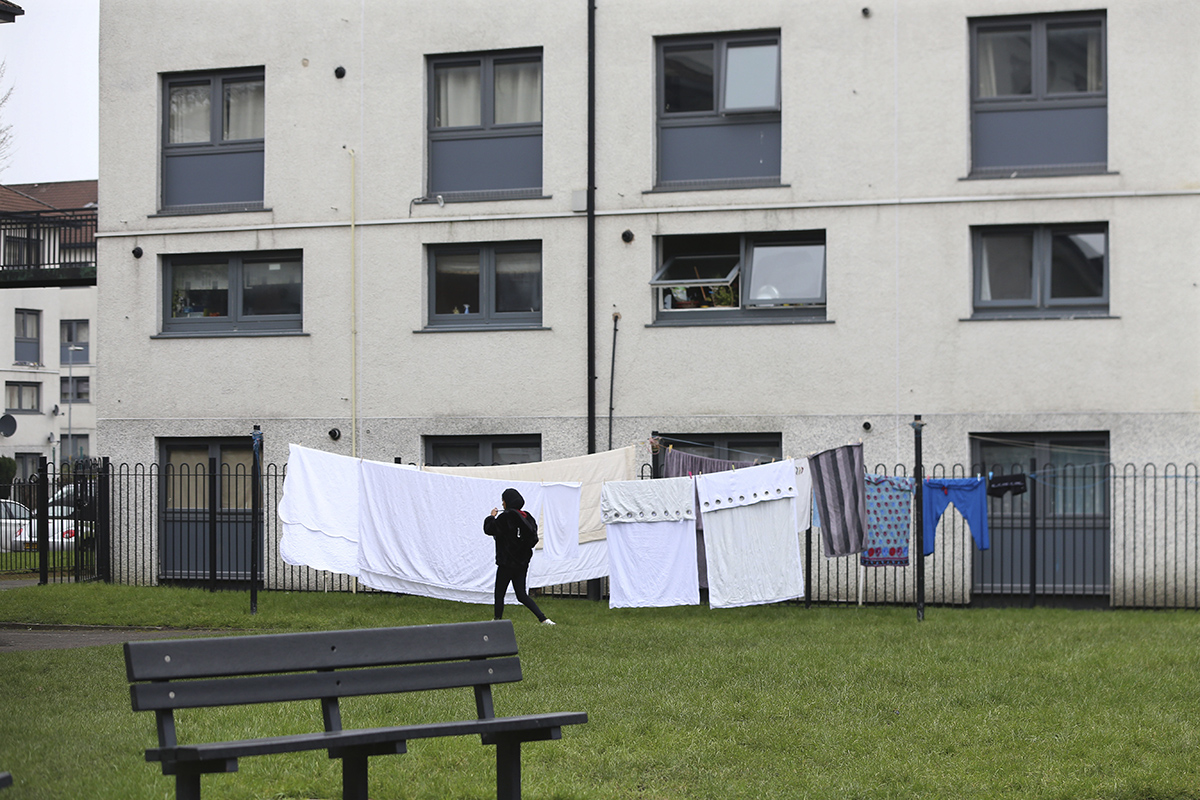Emerging differences
Convergence is dead and divergence is king, says Eamon McGoldrick

Source: Shutterstock
Forty years ago, the vast majority of social rented homes were provided by councils. This all changed with the introduction of Right to Buy and large scale stock transfers to housing associations. Councils went from owning approximately five million homes in 1980 to less than 1.7 million today. At the same time, housing associations saw a significant increase in social rented homes through large development programmes and stock transfers.
During this period, councils retained their statutory duty to house the homeless and continued to manage local waiting lists. Increasingly, councils looked to housing associations to help them meet these obligations by offering social rented units to council nominees. Councils began to discharge their homeless duty by offering housing association properties, but applicants would often favour a council property because there were some significant differences. Rents in housing association properties were generally higher, and they had a different tenancy agreement which was perceived to be less secure. On top of that, there was no Right to Buy on housing association homes and many applicants favoured a council-owned home, because if their circumstances were to improve, they could consider moving into homeownership.
Homelessness officers often had the difficult task of explaining these differences to applicants at the point of allocation. In areas of housing stress, it meant customers had to take what they were offered even if it did not meet their short or long-term aspirations.
“Whilst progress towards full convergence was limited, it remained an aspiration, until the whole housing policy landscape changed with the arrival of the new government last May.”
About 20 years ago, there was talk of making changes to minimise the differences between council and housing association social rented products. At that time, there was no prospect of the Right to Buy being extended to housing associations, but it seemed differences in rent levels and tenancy conditions could be ironed out over time. Councils were given freedom to increase social rents above inflation and make local adjustments to bring them closer to housing association social rent levels. There was even brave talk of having a common tenancy agreement. Whilst progress towards full convergence was limited, it remained an aspiration, until the whole housing policy landscape changed with the arrival of the new government last May. Convergence is dead and divergence is king.
Significant differences
Once the current Housing and Welfare Bills receive Royal Assent and housing associations are given freedom from regulation to help with Office of National Statistics re-classification, even more significant differences will emerge between council and housing association social renting than existed 20 years ago. In addition, we will see differences within the housing association sector, depending what each landlord decides to do with the new opportunities coming available.
First, Pay to Stay is likely to be compulsory for councils and voluntary for housing associations. If a council tenant household in Leicester has an income of more than £30,000, they will see their rent increased. Their housing association neighbour will only see that if their landlord decides to introduce such a policy.
Secondly, if you are a new council tenant, you will no longer have access to a long-term tenancy. You will be given a two to five-year term to start and will, over the following years, face regular reviews of your family size and income to decide whether you remain a social rented tenant. In the meantime, your housing association neighbour can relax because their landlord decided to continue with long-term agreements, without the need for periodic reviews.
Thirdly, rent convergence is dead as all social landlords are now required to reduce their rents by one per cent per annum. Whatever the gap was between council and housing association social rents last year, it will not be closing any time soon.
Right to Buy
On the face of it, there is one area where convergence may occur and that is access to Right to Buy. However, with incremental roll-out, restrictive eligibility criteria, and some housing association landlords not selling homes, only a small number of tenants are going to become homeowners in the near future.
In fact, it will be interesting to see what differences emerge between associations. Landlord A may offer a lifetime tenancy with no reviews of income or occupancy and the opportunity to buy your home when you are ready. On the other hand, Landlord B may offer short, fixed terms with threats of eviction depending on your income and occupancy levels, whilst also denying you the right to buy your home.
Spare a thought for the poor allocations officer who has to explain all of this to a new tenant.
Eamon McGoldrick is managing director of the National Federation of Arm’s-Length Management Organisations








